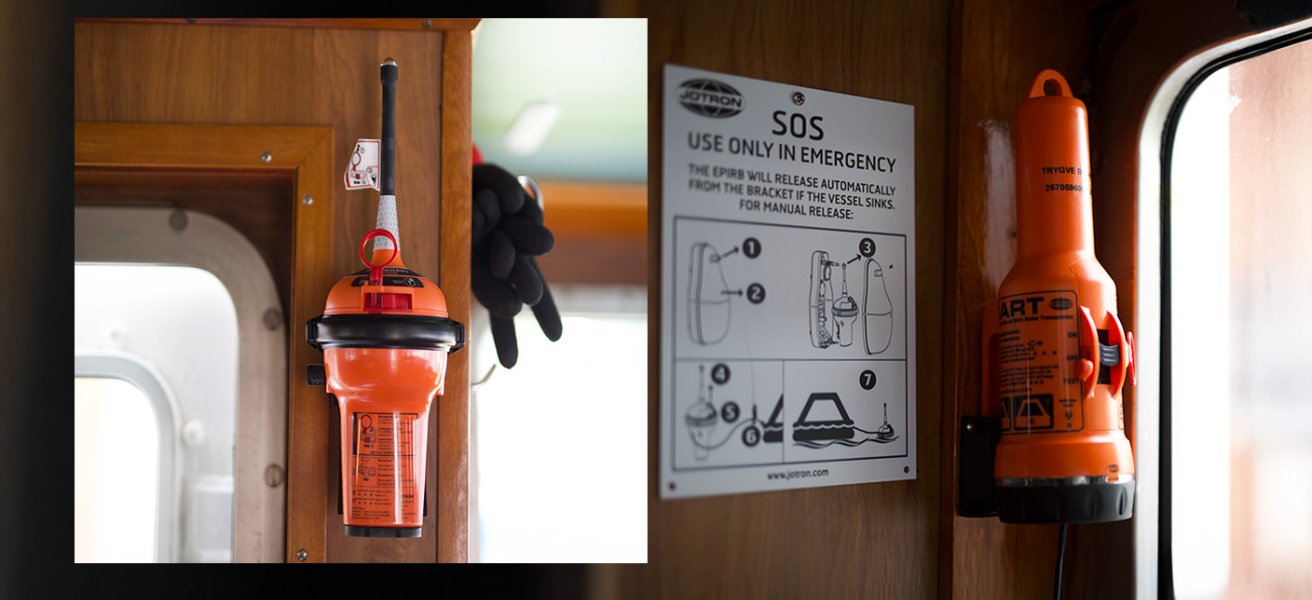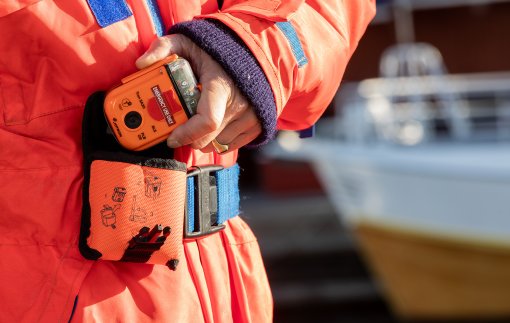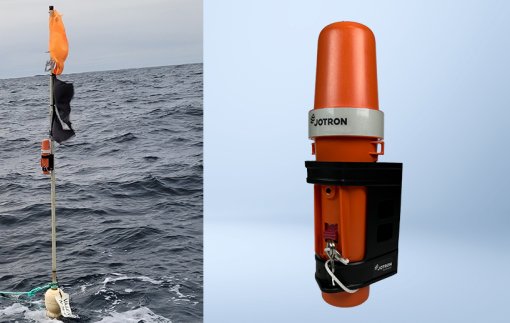Purpose, operation, functionality and regulatory compliances
The differences between an EPIRB and a Search and Rescue Transponder or Transmitter
In brief, Emergency Position Indicating Radio Beacons (EPIRBs) are used for initial alerting and locating via satellite. Search and Rescue Transponders (SARTs), on the other hand, provide more precise location information using radar or Automatic Identification System (AIS) technology when rescuers are close to a vessel or individuals in distress.

EPIRBs and SARTs are both critical safety devices in maritime environments but serving distinct purposes and operating in different ways.
EPIRB – intended use
Purpose: Primarily used to alert search and rescue services of a distress situation, providing the location of the distress signal.
Use: Automatically activated upon contact with water, or manually activated otherwise, they send a distress signal to satellites to initiate a search and rescue operation.
SART - intended use
There are two different types of SARTs: The Radar SART and the AIS SART - both used as location devices.
Purpose: Assisting in locating a distress situation once search and rescue operations are underway.
Use: Manually or automatically activated when a radar signal is detected, providing a more precise location by responding to radar signals from ships or aircraft.
EPIRB - operations
Signal type: Transmitting a distress signal on 406 MHz frequency, which is picked up by the Cospas-Sarsat satellite system (GEO-, LEO-, MEO-SAR satellites). It transmits a homing signal on 121.5 MHz. The latest versions of EPIRBs also transmit an AIS-homing signal and use the Global Navigation Satellite System (GNSS) / Global Positioning System (GPS) to optimize accuracy. Additionally, some EPIRBs provide Return Link Service (RLS) via the Galileo satellite, which confirms that the distress signal has been received on shore. These EPIRBs are also equipped with a visual light-emitting diode (LED) and an infrared LED for enhanced visual location.
Range: The 406 MHz signal can be received globally due to the Cospas-Sarsat satellite network.
Activation: Typically, EPIRBs are activated automatically via water contacts or sensors once they are released from their float-free auto bracket. They can also be activated manually.
SART, Radar SART and AIS SART - operations
Signal type: The Radar SART transponders a response echo on the 9 GHz frequency (X-band radar frequency) when it detects radar signals from search and rescue units. The AIS SART transmits a unique ID on the AIS.1 and AIS.2 channels, using the Global Navigation Satellite System (GNSS) / Global Positioning System (GPS) to optimize the location of the vessel or person in distress.
Range: Limited to line-of-sight with radar-equipped vessels or aircraft, the effective range is typically around 8-10 nautical miles, though it can be detected up to 30 miles by aircraft.
Activation: Manually.
EPIRB - functionality
Primary function: Alerting authorities and providing initial distress location information.
Additional functionality: Return Link Service (RLS).
SART - functionality
Primary function: Helping search and rescue teams to locate the survivors in distress by providing a precise location relative to the searching vessel or aircraft.
EPIRB - regulatory compliance
International Maritime Organisation (IMO) and the International Convention Safety of Life at Sea (SOLAS), as part of Global Maritime Distress and Safety System (GMDSS), require the use of EPIRB on all commercial vessels who operates in international waters. Additionally, domestic commercial vessels are often subject to national regulations and carriage requirements related to GMDSS, which mandate the installation of an EPIRB.
SART - regulatory compliance
Both Radar SARTs and AIS SARTs are governed by the same regulations as EPIRBs, including IMO, SOLAS, and GMDSS standards. Consequently, you will often find a Radar or AIS SART onboard vessels that are equipped with an EPIRB.
Facts about EPIRBs
EPIRBs are used to signal an emergency and provide an initial location for the distress situation, using satellite systems to ensure global coverage. In IMO terms, an EPIRB is classified as a primary alert device. The 406 MHz signal includes the vessel's unique ID, such as the IMO number, Maritime Mobile Service Identity (MMSI), or the EPIRB's serial number. An EPIRB, which is required by mandate, must always be programmed with the vessel's unique ID. This programming information must be submitted to an international or national EPIRB database.
Facts about radar Radar SART and AIS-SART
Both Radar SARTs and AIS SARTs assist search and rescue teams by providing location information. According to IMO terms, SARTs are classified as secondary alert devices and are not required to have a vessel's unique ID programmed into them.



